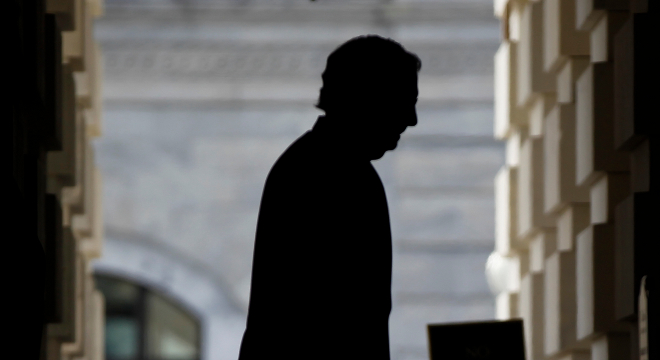The Senate filibuster has been used sparingly throughout most of U.S. history. But several times when the minority has abused the tool, the majority has responded by changing the rules. History may soon repeat itself.
The filibuster, as originally designed, did not allow the majority party to call for a motion to end debate — senators could obstruct endlessly. That changed early in the 20th century, after the minority escalated its use of the filibuster toward the end of congressional sessions, running out the clock when the majority did not have the luxury of waiting.
In 1917, a Senate majority changed the rules to make it possible for the majority to end debate. The new rule set “cloture” at 67 senators.
In the 1960s, around the time of civil rights legislation, the minority began to use the filibuster with increased frequency. In 1975, a frustrated Senate majority again responded by changing the rules, lowering the cloture threshold to 60 votes — where it has remained ever since.
Nearly four decades later, the minority’s use of the filibuster has risen to previously unimaginable levels, growing under both Democratic and Republican majorities.

Since Democrats took back the Senate in 2007, and more so after Barack Obama was elected president, the filibuster has been invoked at a rate that far exceeds historical norms. The Republican minority has threatened to filibuster virtually every bill and nomination, resulting in the rise of the so-called silent filibuster, where the minority can effectively obstruct Senate business with the constant threat to slow things down.
Democrats contend that the GOP has engaged in a bad-faith effort to thwart governance. Republicans retort that their hand was forced by a majority that denies them opportunities for debate and amendments. Regardless, the escalated use of the filibuster has catalyzed reformers to change the rules again in order to ease gridlock.
“The current, ongoing state of Senate paralysis makes it painfully evident that the Senate needs to put its house in order,” said Diana Kasdan of the pro-filibuster-reform Brennan Center for Justice. “Several times the Senate has modified the filibuster rule in response to increasing abuse of the rules. For example, in 1917, the Senate created the cloture rule to bring debate to a close and combat obstruction of a bill. As in the past, the Senate can and must follow this tradition and fix the rules that have become a source of dysfunction.”
There’s no serious talk of eliminating the filibuster or even lowering the cloture threshold. The farthest-reaching proposal, spearheaded by Sens. Jeff Merkley (D-OR) and Tom Udall (D-NM), would simply force a filibustering minority to occupy the floor and speak ceaselessly until one side gives in. Senate Majority Leader Harry Reid (D-NV) is leaning toward a more modest version of that proposal, aiming to make it harder for the minority to obstruct silently and without public accountability.
“There is a big challenge in changing the Senate culture,” Merkley told TPMPrime members during a live chat Wednesday, acknowledging the difficulty of reforming a body rooted deeply in tradition. “It has gone so long without adjusting to disappearing social contracts that made the Senate work that many senators find changing the rules to be a difficult leap.”






